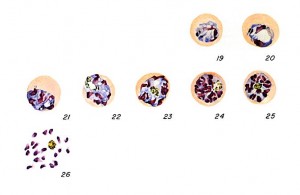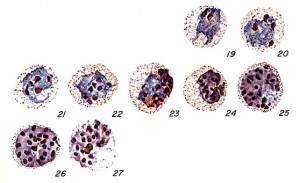QUESTION
How soon after infection, will a person usually begin to feel ill?
ANSWER
There is a latent period, during which time the malaria parasites (which had entered the bloodstream via the bite of an infected Anopheles mosquito) migrate to the liver and undergo replication. The sporozoites (the life stage that enters the blood from the mosquito) differentiate in many merozoites, which are contained within a schizont in the liver cells. When the schizont ruptures, the merozoites are released and re-enter the blood, where they set about infecting red blood cells. Once in the red blood cells, the infected person will begin to experience symptoms—this is usually between 6-16 days after the initial infection, during which time the parasite is reproducing in the liver.

